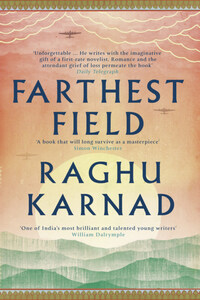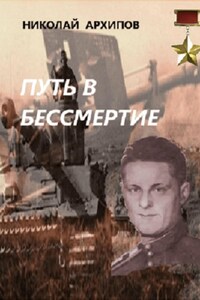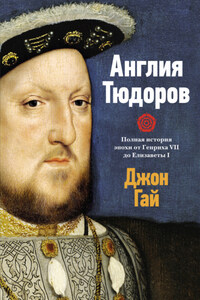William Collins
An imprint of HarperCollins Publishers
1 London Bridge Street
London SE1 9GF
www.WilliamCollinsBooks.com
First published in Great Britain by William Collins in 2015
Copyright © Raghu Karnad 2015
Raghu Karnad asserts his moral right to
be identified as the author of this work
Maps by John Gilkes
The Author and Publishers are committed to respecting the intellectual property rights of others and have made all reasonable efforts to trace the copyright owners of the images reproduced, and to provide appropriate acknowledgement within this book. In the event that any untraceable copyright owners come forward after the publication of this book, the Author and Publishers will use all reasonable endeavours to rectify the position accordingly.
Cover images © Shutterstock
A catalogue record for this book is
available from the British Library
All rights reserved under International and Pan-American Copyright Conventions. By payment of the required fees, you have been granted the non-exclusive, non-transferable right to access and read the text of this e-book on screen. No part of this text may be reproduced, transmitted, down-loaded, decompiled, reverse engineered, or stored in or introduced into any information storage and retrieval system, in any form or by any means, whether electronic or mechanical, now known or hereinafter invented, without the express written permission of HarperCollins.
Source ISBN: 9780008115722
Ebook Edition © June 2015 ISBN: 9780008115715
Version: 2016-04-25
I had known their faces my whole life, but never asked their names till it was too late. Their portrait-style photographs, full of grain and shadow, were not in albums – that would have placed them somewhere in the train of family history, and when the albums were opened, we’d have asked, ‘And who’s that?’ Instead they were isolated in dull silver frames on table tops around the house in Madras; beheld but not noticed, as angels are in a frieze full of mortal strugglers. I never even noticed that I looked like one of them.

I still can’t believe I was so late. By the time I asked, not only were those men long gone, but my grandmother was too, and her sisters, and most of their generation. Nugs, my grandmother, could have told me everything, though she might have refused. I think she had banished her youth from her mind by the time she died, though I don’t actually know. I never asked. I was a child, curious about anything but family. All I’d wanted from her was the hoard of gold which I believed was hidden under a clicking tile in her bedroom. She told me I could have it after she died. So, after she died, I knew precisely where to look for what had never existed. And what had existed – her story and the stories of those young men in the photo frames – I had to search for without her.
There was an injustice in it, which I sensed as it dawned on my mother how little she knew of their stories either – though one of the men was her own father, and the others her two uncles. She and my grandmother were always close, as I’d imagined a single child and bereaved parent had to be. Half a lifetime they had spent together, but neither one asked or told about what happened. My grandmother, a doctor, had sutured that past shut. Eventually they were both doctors, and when my mother moved away to work in New York for nearly twenty years she wrote back every week, and in the house in Madras I found every one of the thousand letters, bound up into bricks that could build a playhouse. Everything my grandmother could save of my mother’s, she had. But of the men, there was almost nothing.
Still my mother did know the names of those who, in the late hours of their lives, held onto strands of the story. With visit after visit, we followed the thinning thread of those lives, right up to the point where it frayed, came apart, and came to an end.
What I learned first, before I even learned their proper names, was that they had been in the Second World War. That was surprising. It was almost outlandish, because Indians never figured in my idea of the war, or the war in my idea of India, and I thought I had a good idea about both. There was certainly no public notion of it; nothing we were taught in school or regaled with from the silver screen, even though the Indian Army in the Second World War was the largest volunteer force the world had ever known. Personally, I hadn’t thought Madras could even be mentioned in the same book as Pearl Harbor; I was accustomed to thinking of the war as Western Front, Eastern Front and Pacific. When I looked through the eyes of Indian soldiers, however, the globe turned, revealing new continents.








